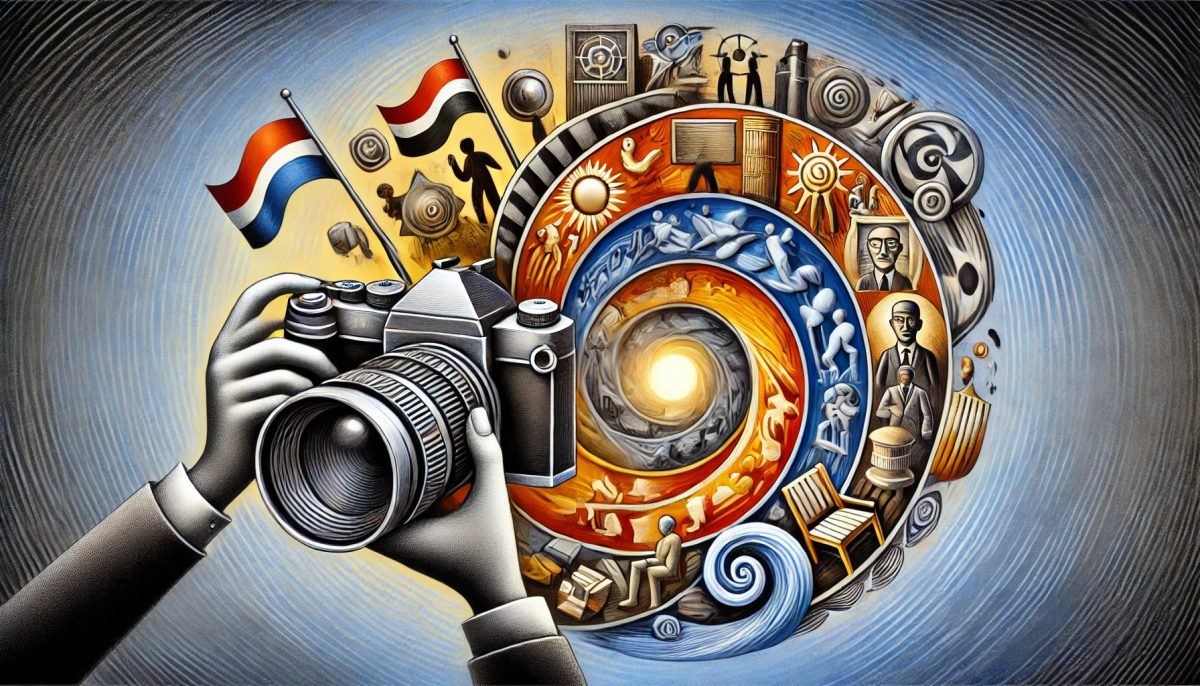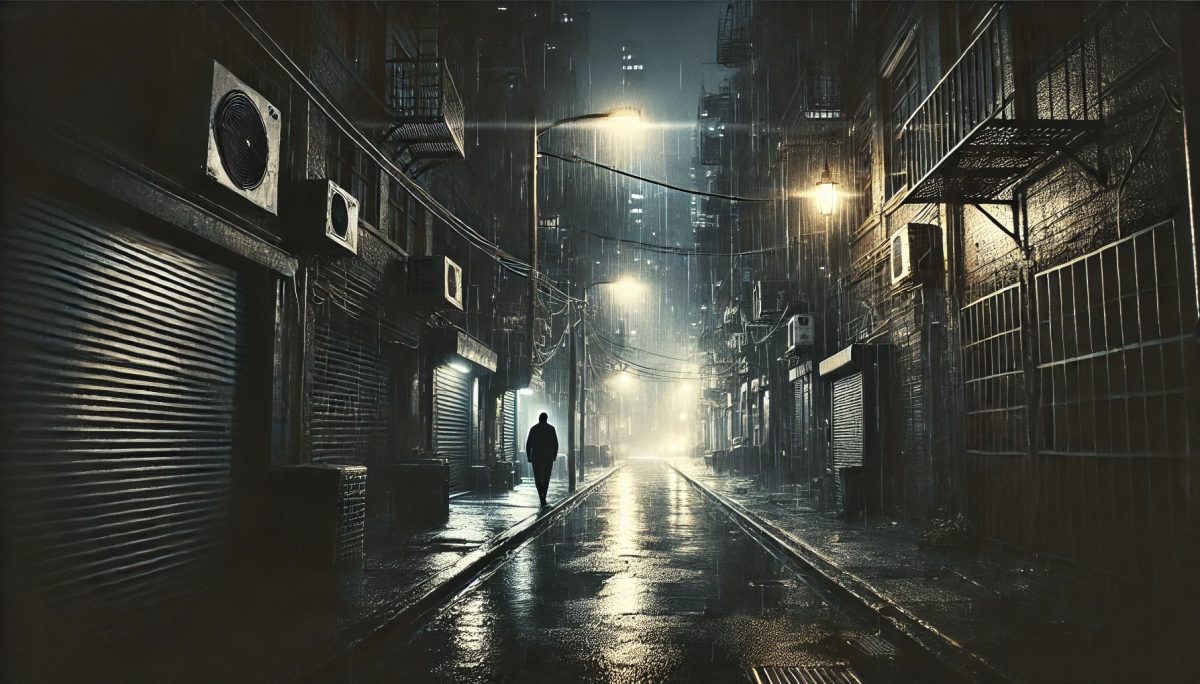The claim that documentary photography should be objective is a popular myth because it overlooks the inherently subjective nature of photography as a medium. While the genre of documentary photography is often perceived as capturing unbiased, “truthful” depictions of reality, the choices made by photographers—what to photograph, how to frame it, when to click the shutter, and how to present the image—are all subjective decisions that influence how viewers interpret the image.
Firstly, no photograph can capture reality in its entirety. The act of framing a shot inherently excludes other aspects of the scene, guiding viewers towards a particular narrative. Photographers choose what elements to emphasise or exclude, and this choice introduces a perspective. Even in seemingly neutral images, the framing, composition, and moment of capture reflect the photographer’s personal, political, or artistic vision.
Secondly, the editing process further shapes the narrative. Photographers often select certain images over others, adjust lighting or contrast, and arrange photos in a particular order. This process introduces another layer of subjectivity, shaping how an audience perceives the story.
Moreover, the myth of objectivity also assumes that photographs are neutral depictions of reality, ignoring the cultural, social, and political contexts in which images are produced and viewed. Historical and cultural norms influence both the photographer’s gaze and the viewer’s interpretation of images, often in ways that reflect power dynamics, biases, and ideologies.
Finally, it is worth considering the argument of philosopher Susan Sontag, who in On Photography pointed out that photographs are not just passive recordings of the world but are “selections from the world.” This selection process necessarily imposes a subjective framework on the material. The idea of a purely objective documentary photograph, then, is illusory.
So to sum up, documentary photography, while often thought to be objective, is shaped by subjective choices and cultural factors. This myth persists because of the medium’s association with truth and evidence, but the reality is far more complex.


